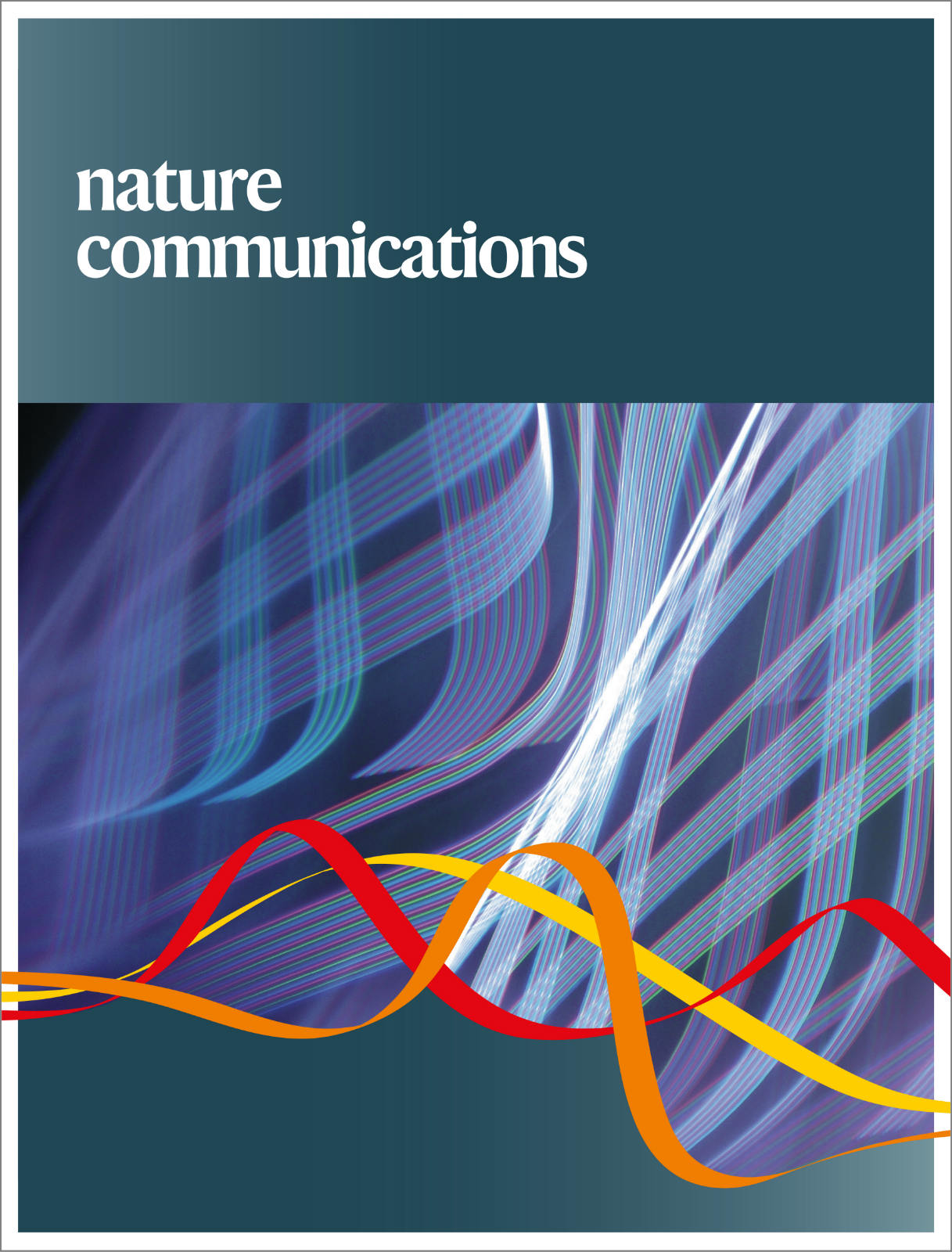分米深度和偏振寻址彩色 3D 元全息技术。
IF 14.7
1区 综合性期刊
Q1 MULTIDISCIPLINARY SCIENCES
引用次数: 0
摘要
在纳米制造技术飞速发展的推动下,元表面为三维全息技术提供了前所未有的机遇。大深度三维元全息技术不仅能大大提高信息存储容量,还能区分三维物体的相对空间关系,在光学信息存储和医疗诊断等领域有着重要的应用。虽然基于菲涅尔衍射理论的方法可以重建三维物体的真实深度信息,但最大深度只有 2 毫米。在此,我们开发了一种基于角谱衍射理论的三维元全息技术,以突破深度限制。通过将角谱衍射理论发展到元全息技术中,利用具有独立偏振控制的元表面结构来创建偏振复用三维元全息图。所制作的非晶硅元表面将深度范围增加了 47.5 倍,实现了 0.95 dm 的深度重建,可在可见光下制作出偏振独立、不同颜色的三维元全息图。这种偏振可控的大深度彩色元全息技术有望为数据存储、显示、信息安全和虚拟现实开辟一条途径。本文章由计算机程序翻译,如有差异,请以英文原文为准。
Decimeter-depth and polarization addressable color 3D meta-holography.
Fueled by the rapid advancement of nanofabrication, metasurface has provided unprecedented opportunities for 3D holography. Large depth 3D meta-holography not only greatly increases information storage capacity, but also enables distinguishing of the relative spatial relationship of 3D objects, which has important applications in fields like optical information storage and medical diagnosis. Although the methods based on Fresnel diffraction theory can reconstruct the real depth information of 3D objects, the maximum depth is only 2 mm. Here, we develop a 3D meta-holography based on angular spectrum diffraction theory to break through the depth limit. By developing the angular spectrum diffraction theory into meta-holography, the metasurface structure with independent polarization control is used to create a polarization multiplexing 3D meta-hologram. The fabricated amorphous silicon metasurface increases the depth range by 47.5 times and realizes 0.95 dm depth reconstruction for polarization independent and different color 3D meta-hologram in visible. Such polarization controlled large-depth color meta-holography is expected to open avenue for data storage, display, information security and virtual reality.
求助全文
通过发布文献求助,成功后即可免费获取论文全文。
去求助
来源期刊

Nature Communications
Biological Science Disciplines-
CiteScore
24.90
自引率
2.40%
发文量
6928
审稿时长
3.7 months
期刊介绍:
Nature Communications, an open-access journal, publishes high-quality research spanning all areas of the natural sciences. Papers featured in the journal showcase significant advances relevant to specialists in each respective field. With a 2-year impact factor of 16.6 (2022) and a median time of 8 days from submission to the first editorial decision, Nature Communications is committed to rapid dissemination of research findings. As a multidisciplinary journal, it welcomes contributions from biological, health, physical, chemical, Earth, social, mathematical, applied, and engineering sciences, aiming to highlight important breakthroughs within each domain.
 求助内容:
求助内容: 应助结果提醒方式:
应助结果提醒方式:


